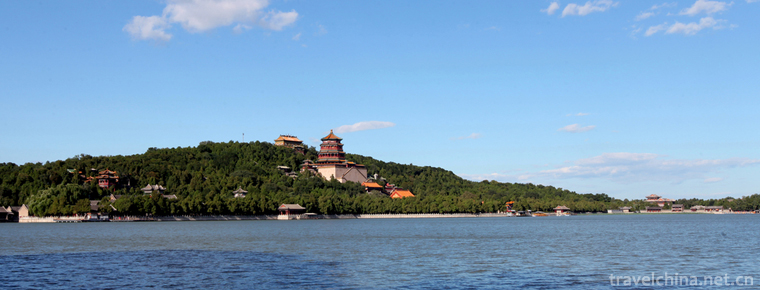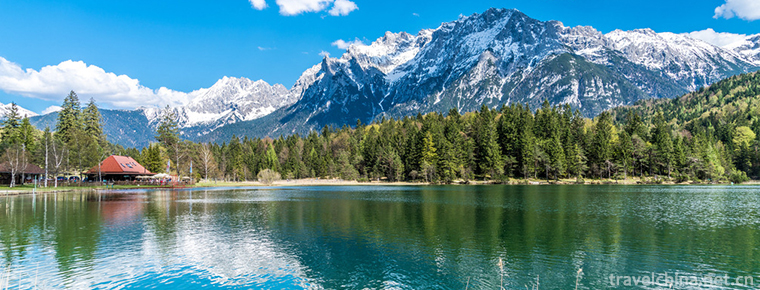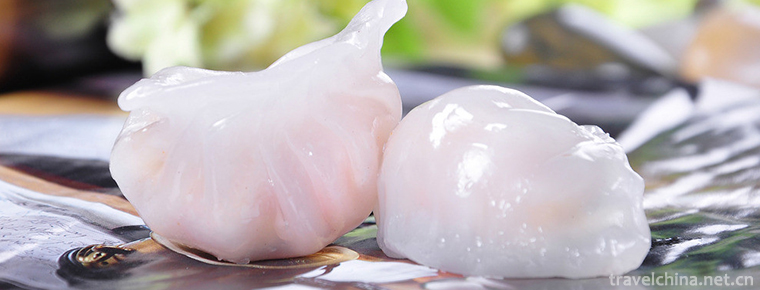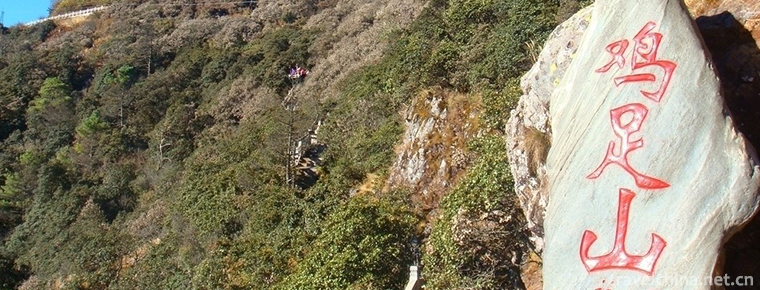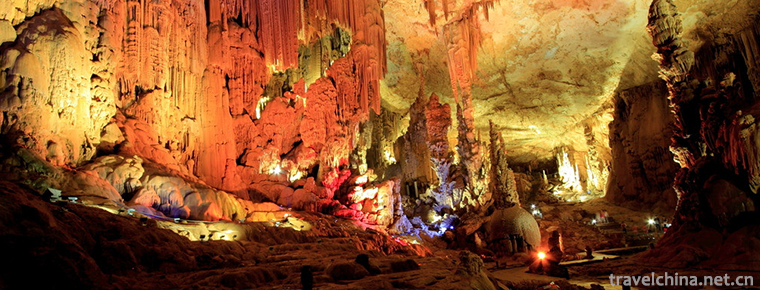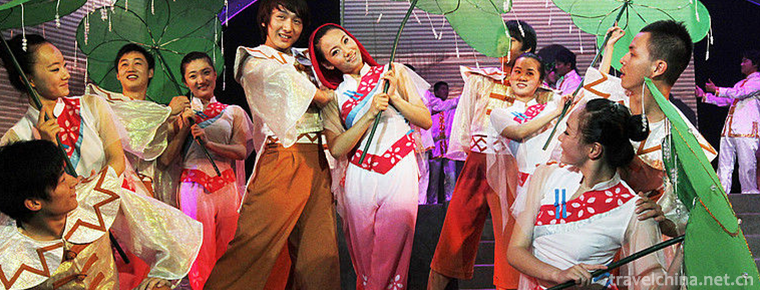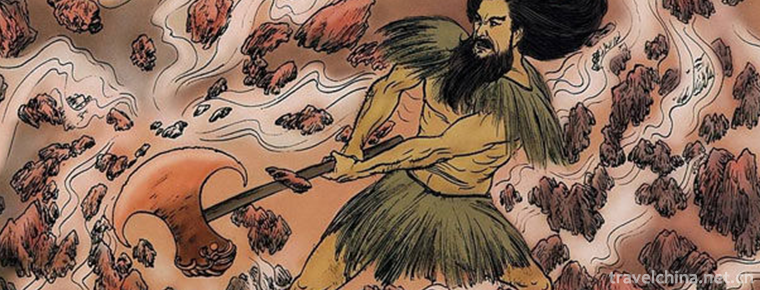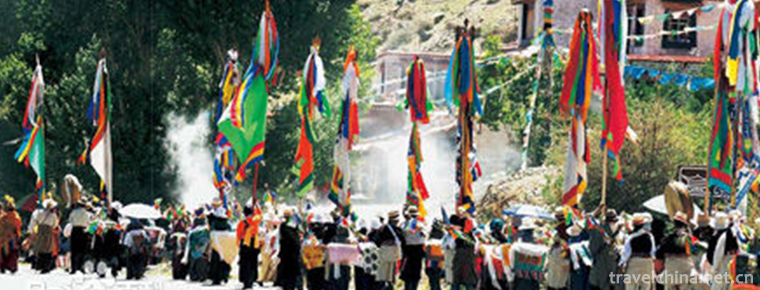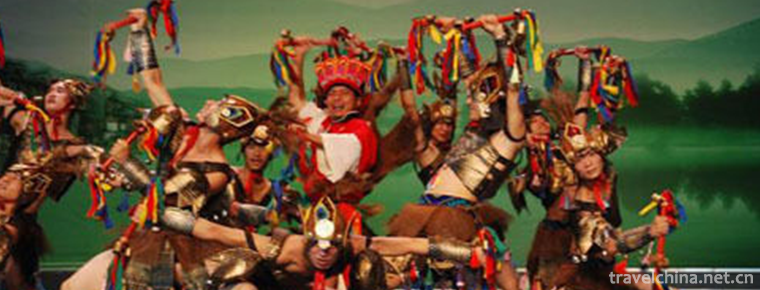Harbin Amusement Park
Harbin Amusement Park
Harbin amusement park is located at the junction of the outer Road area and Nangang District. It was founded in 1958. Originally known as Harbin Cultural Park, it covers an area of 22.8 hectares. It is the largest modern open-air amusement park in the three northeastern provinces and ranks fifth among the 12 amusement parks in the country. In 2010, it was selected as "AAAA" tourism scenic spot by the National Tourism Administration, designated by the Municipal Tourism Bureau as the designated tourism unit and the demonstration window unit of the civilized industry, and evaluated as "Grade A Park" by Heilongjiang Province.
Historical evolution
Harbin Cultural Park, once known as "Harbin Amusement Park", was built in 1958 and was the first batch of cultural parks in the early days of the founding of our country. Over the years, with the management concept of "safety first, service first, ecology first, culture first", the park has built a pioneering, innovative and cohesive public welfare service team. Annually, it received 2 million tourists and was awarded the first batch of "AAAA" level national tourist attractions. It has won the honorary titles of Heilongjiang Provincial Civilization Unit and National Excellent Amusement Park.
Located in the center of the city, Harbin Cultural Park is adjacent to Jile Temple, Confucian Temple and Military Industrial Park. It is a multi-cultural exchange center and a cultural relics protection unit in Heilongjiang Province. The park has the Sabbath Church of the Virgin Mary (Alias: Usbinccia Church) which was built in 1908, and the bell tower and confession pavilion which were built in 1930. The cemeteries of Poland, the Czech Republic, the United States, Britain, Germany, France, Italy and other "seven countries" have also been opened here by Orthodox Church, Judaism, the Soviet Red Army and some Israelis, Russians, Tatars and Dutch. Every year, many historians are attracted to visit and study here, and the memory of the deceased has become a bridge and link linking the friendship between China and foreign countries.
After more than 50 years of development, the park has accumulated a profound historical and cultural heritage, and the special public welfare activities held annually have always been the core and highlight of the cultural activities in the park. In recent years, the park has spared no effort to promote the development of cultural undertakings. It has held the Heilongjiang Children's Calligraphy and Painting Competition, the "61" theme cartoon drama performance, the "I accompany my mother to plant trees" public welfare activities, the left-behind children's love park, the "Dancing Songjiang" health dance competition and other large-scale cultural and sports activities, and will launch a series of "people are really happy" cultural activities to strive to create a close relationship. The common people, the cultural brand which embodies the characteristics and appreciates both elegance and vulgarity.
The Park covers an area of 22.8 hectares, aiming at creating the garden environment of "seeing green in four seasons and seeing flowers in three seasons", paying attention to the cultivation and protection of plants and flowers. It now has 74 rare tree species, including thick plum, linden and berberis, more than 1,800 trees and 4,000 shrubs. It is known as "green living fossil" for more than 20 ancient trees in one hundred years, and nearly 100,000 square meters of green space, which covers the whole park area. 53% is one of the best ecological garden green space in Harbin.
In order to meet the diverse needs of citizens, in recent years, the park has opened public service facilities such as 10,000-meter fitness square for middle-aged and elderly people, additional seats, garbage bin, mobile public toilet, vending machine, cold fog machine, outdoor hand-washing pool, etc. It has continuously improved the environmental construction of the park, increased dynamic video surveillance equipment, safety signs, and pioneered the introduction of SP color road surface in Heilongjiang Province. At the same time, more than 40 large, medium and small modern amusement facilities have been introduced, which has become a comprehensive European cultural amusement park integrating leisure and entertainment, ecological protection and popular science education.
Traffic information
Metro Line: Get off at Harbin Engineering University by Metro Line 1
Bus routes: get off at Nantong Street by bus No. 3, 6, 14, 25, 52, 53, 55, 66, 70, 74, 78, 92, 104, 105, 115 and 116
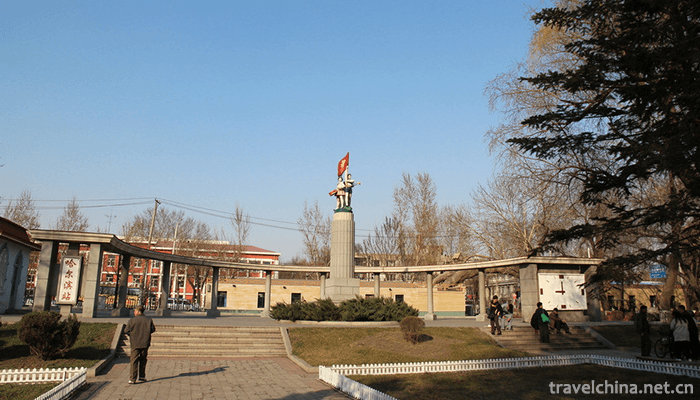
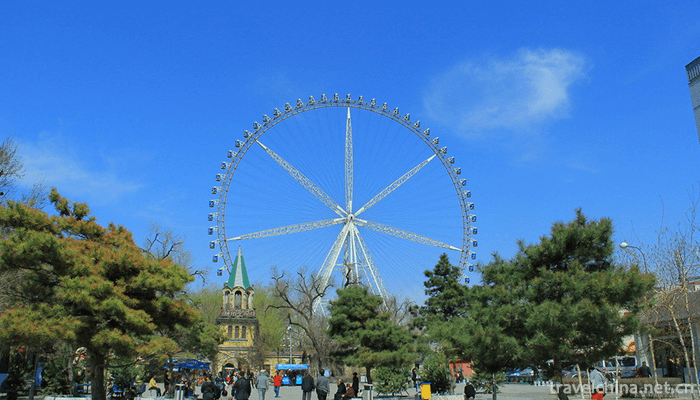
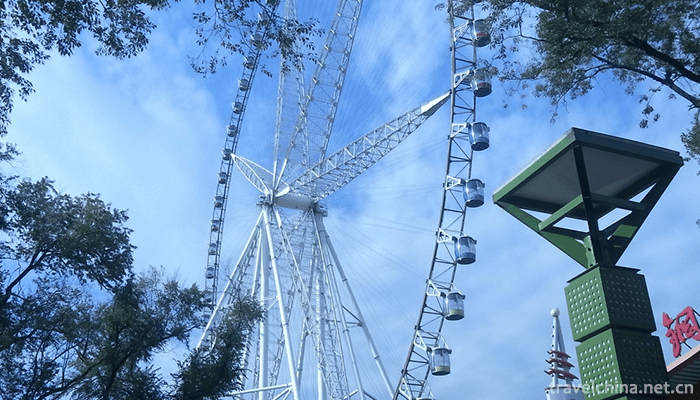
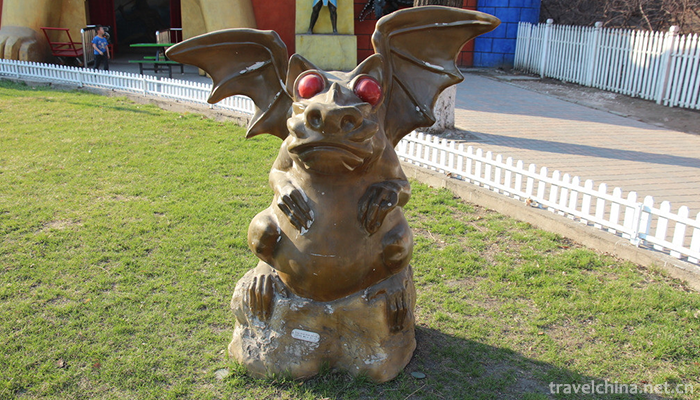
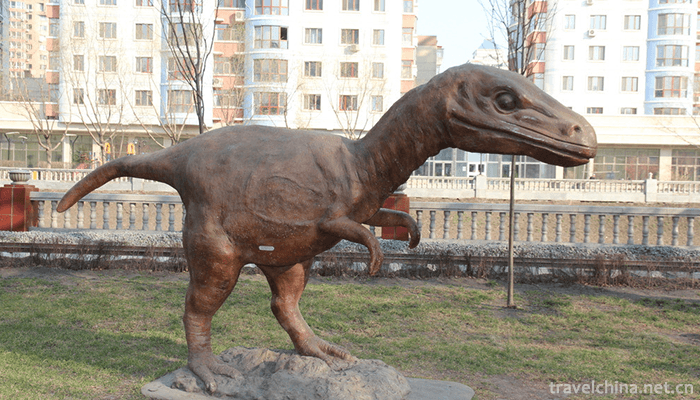
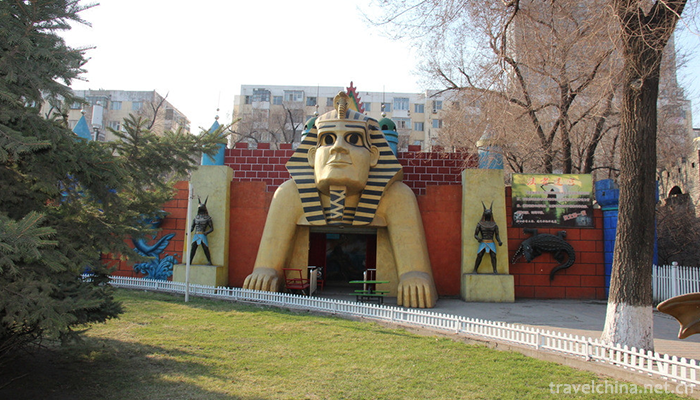
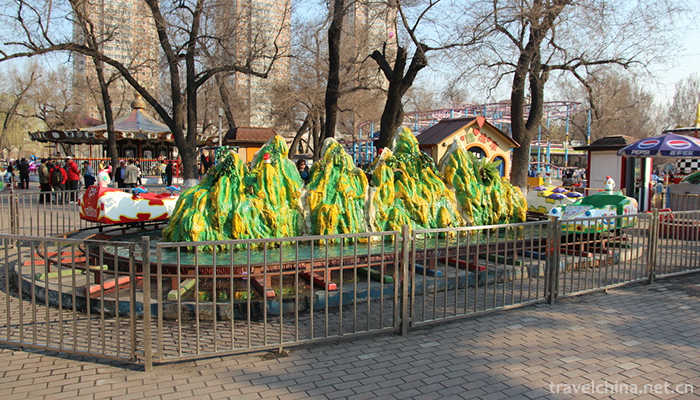
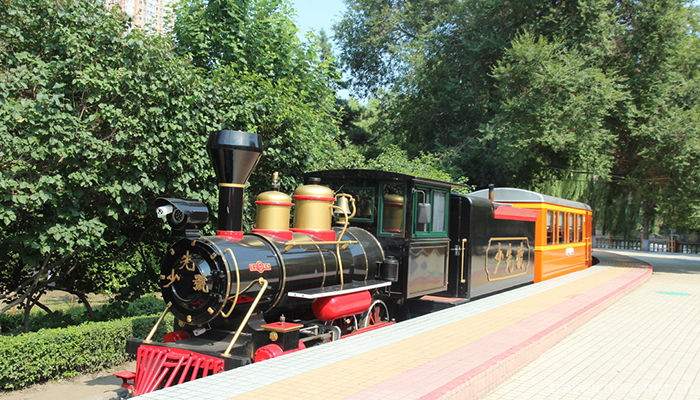
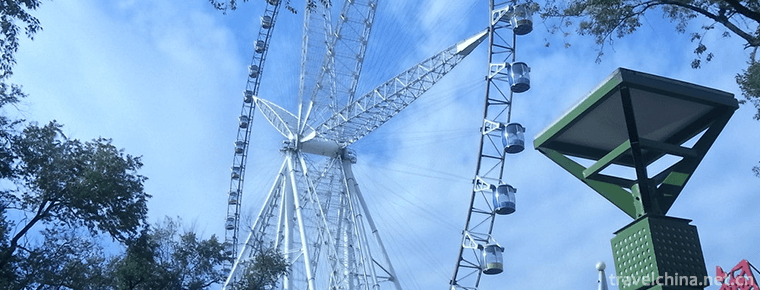
Harbin Amusement Park
-
Changbai Mountains
Changbai Mountains are the birthplace of the Yalu River, Songhua River and Tumen river. It is the birthplace of Chinese Manchu and the sacred mountain of Manchu culture
Views: 237 Time 2018-10-30 -
Crystal shrimp dumplings
Crystal shrimp dumpling is one of the traditional Cantonese tea house snacks. It is as famous as dry steamed cooking, fork cooking and egg tarts.
Views: 323 Time 2018-11-14 -
Jizu Mountain Scenic Spot in Binchuan
Jizu Mountain is located in a cave-making area about 20 kilometers west of Binchuan County, Yunnan Province, 90 kilometers away from Dali City. It is named for its three peaks in the front and a ridge
Views: 165 Time 2019-01-03 -
Golden Sands Beach
Golden Beach is located in the southern end of Shandong Peninsula, the Yellow Sea coast of Qingdao Huangdao District, Golden Beach Road. It is bordered by the Yellow Sea in the South and stretches
Views: 148 Time 2019-01-26 -
Zhijin cave
Zhijin Cave, located in Guanzhai Miao Township, Zhijin County, Guizhou Province, is located on the South Bank of Liuchong River, one of the sources of Wujiang River, 120 kilometers away from Guiyang,
Views: 162 Time 2019-03-18 -
Gaoyou folk songs
The earliest source of Gaoyou folk songs can be traced back to the Neolithic Age. Gaoyou Lake and Lixia River in Gaoyou City are the traditional folk songs widely spread in their production and life.
Views: 336 Time 2019-04-30 -
Pangu Myth
Pangu myth, the local traditional folk literature of Tongbai County and Biyang County in Henan Province, is one of the national intangible cultural heritage.
Views: 423 Time 2019-06-08 -
Wang Guo Festival
Wangguo Festival is a festival for Tibetan farmers to celebrate a bumper harvest. It is popular in Lhasa, Shigaze, Shannan and other places in Tibet Autonomous Region. The time is between July and Aug
Views: 164 Time 2019-06-26 -
Youyang Folk Songs
Youyang folk song is a rich and colorful folk culture created and accumulated by the Tujia, Miao and Han people in Youyang Tujia and Miao Autonomous County of Chongqing in the long practice of product
Views: 146 Time 2019-07-14 -
Neijiang cultural undertakings
By the end of 2019, there are 121 performing arts venues in Neijiang City, including 6 cultural venues. There are 5 museums, 5 cultural relics protection and management institutions, 7 national key cultural relics protection units, 42 provincial cultural relics
Views: 301 Time 2020-12-16 -
Meishan transportation
Meishan occupies an important traffic area at the South Gate of Chengdu, including Chengdu Leshan expressway, Chengdu Ya'an expressway, Chengdu Ziji Luzhou Expressway passing Renshou City, Leya Expressway passing through Hongya City, and Suizi
Views: 362 Time 2020-12-18
